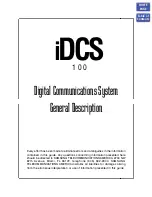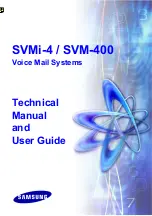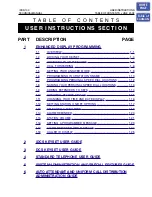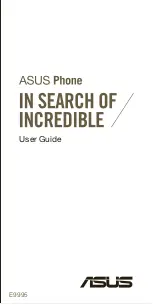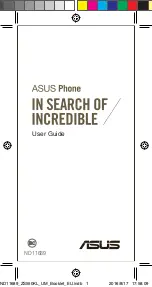
Route to the
Attendants
TeleCraft routes any call arriving on this external line to the Automatic Attendant. You can
specify business1 mode or business 2. TeleCraft does not answer the line when all of the
Automatic Attendants are busy.
Route to a mailbox
TeleCraft routes any call arriving on this external line to a mailbox
Connect to an
external line
In this mode, any call arriving on this external line causes TeleCraft to select an
additional external line, dial an external telephone, and connect both lines together. The
telephone number must be stored in one of the Speed Dial numbers. This method is
called “call bridging”.
No answer
In this mode, incoming calls are ignored. Note that all of the consoles still show that the
line is ringing and you can answer the call as explained earlier in “Ring all consoles”.
Out-going and In-coming Call Restrictions
Calling restrictions apply to out-going calls as well as incoming calls. Each telephone is
assigned a restriction level allowing or disallowing making toll calls. In addition, you can
allow placing toll calls only on certain external lines.
TeleCraft also allows you to prevent routing certain incoming calls from reaching selected
extensions.
Toll restrictions:
calling lists
Telephone numbers have the following components: a 3-digit
area code
, followed by a 3-
digit
prefix
, followed by 4 digits.
You can allow dialing certain area codes while disallowing all the rest. On the other hand,
you can disallow dialing certain area codes while allowing all the rest. TeleCraft also lets
you disallow calls based on their 3-digit prefix.
You can compose 4 calling lists called
Allowed List 1, Allowed List 2, Disallowed
List 1,
and
Disallowed List 2
. Each list can have up to 8 entries and each entry can be
up to 4 digits long. When placing out going calls, the first, and/or second, and/or third,
and/or fourth digits can be monitored. Thus you can monitor area codes, prefixes and/or
calling sequences starting with the “*” key.
TeleCraft Telephone Systems
Page 15




























